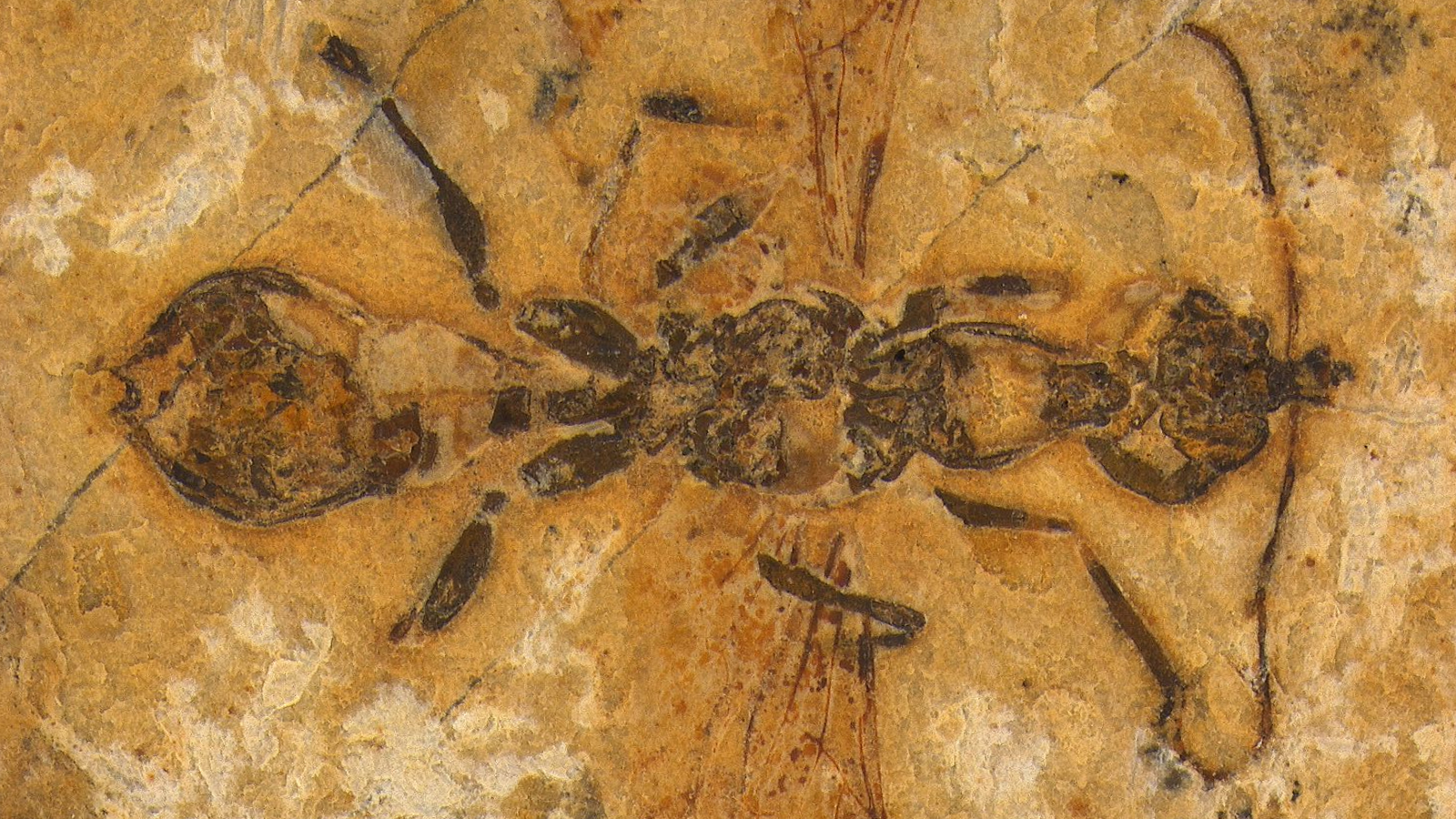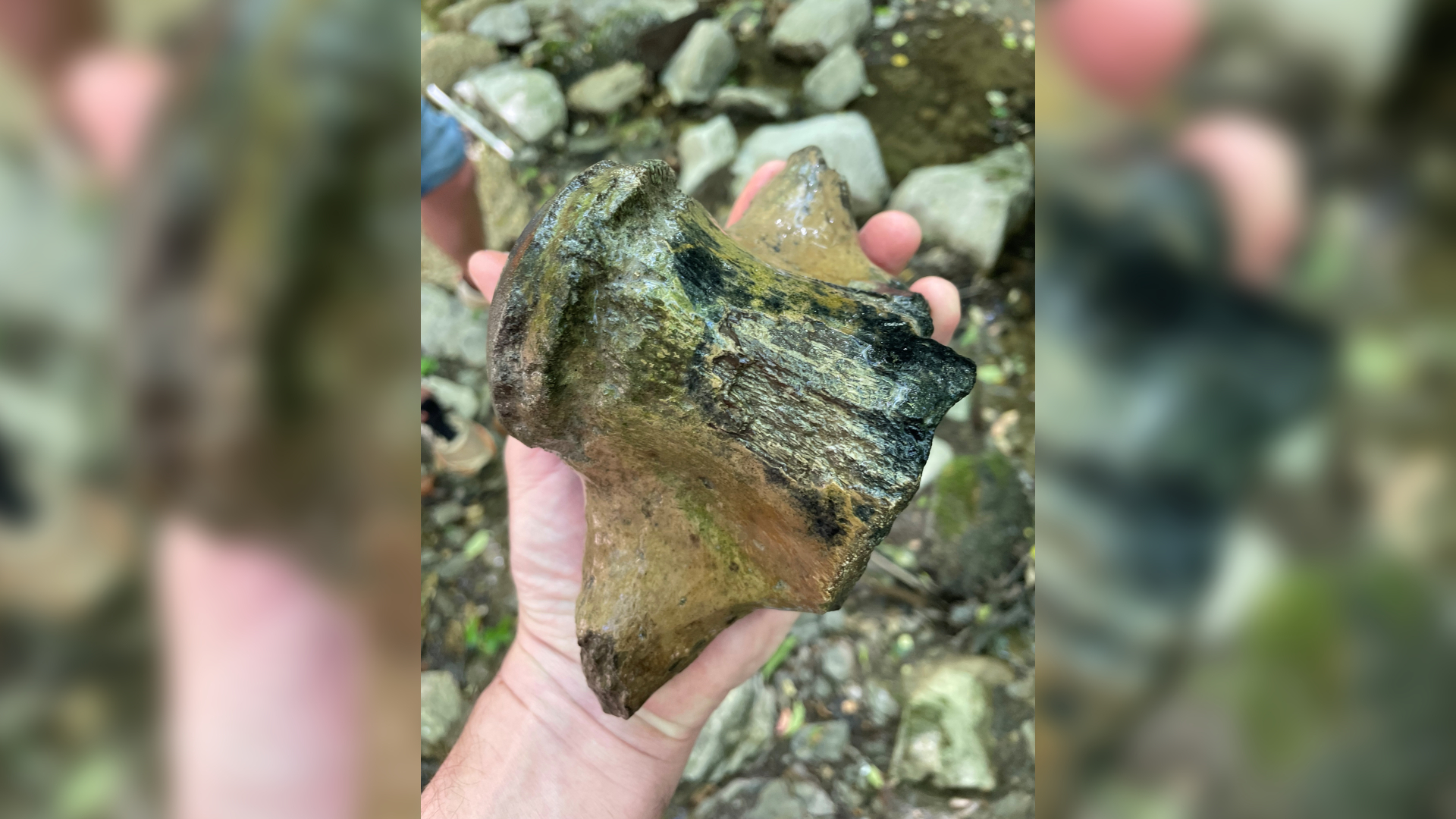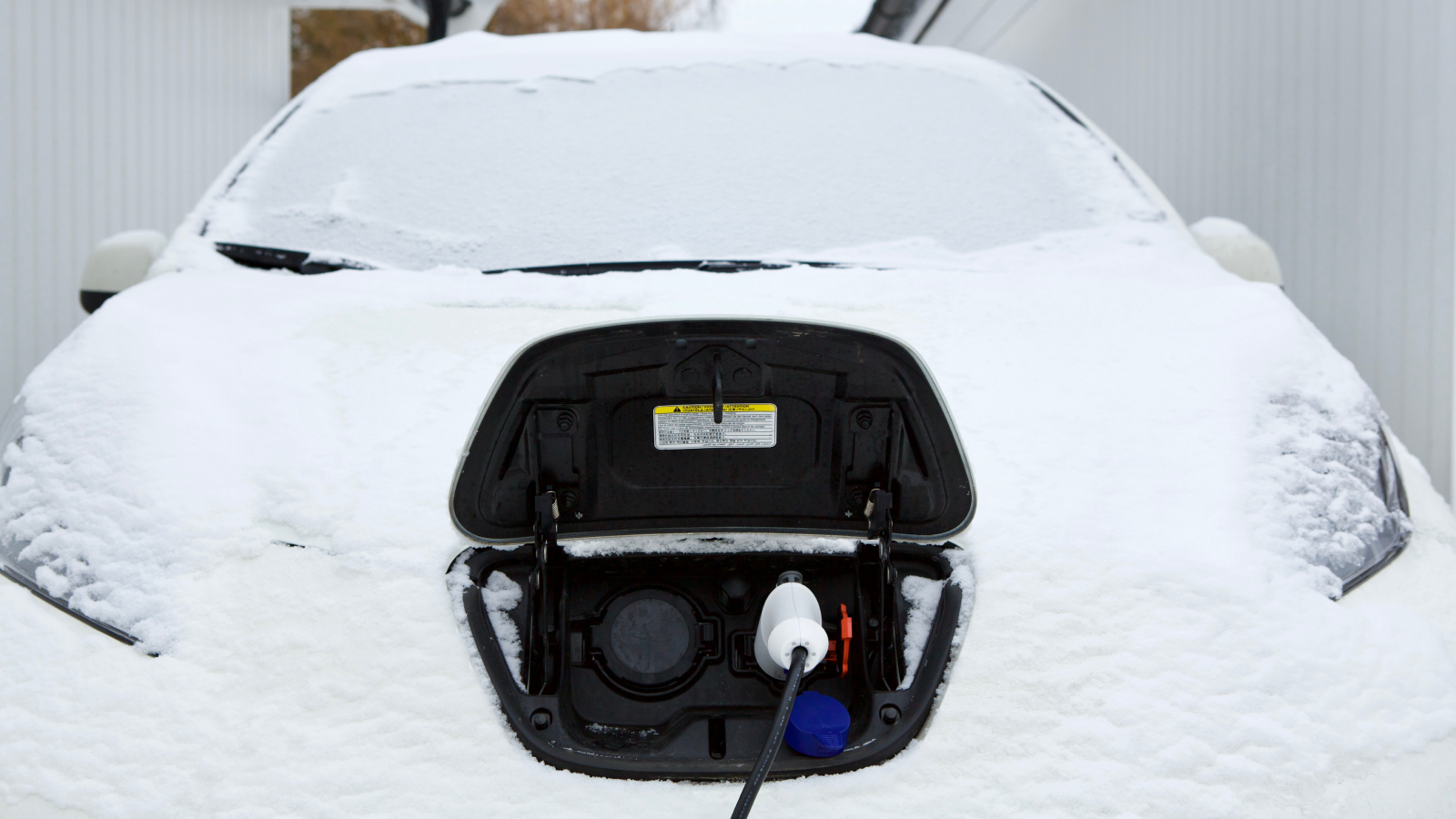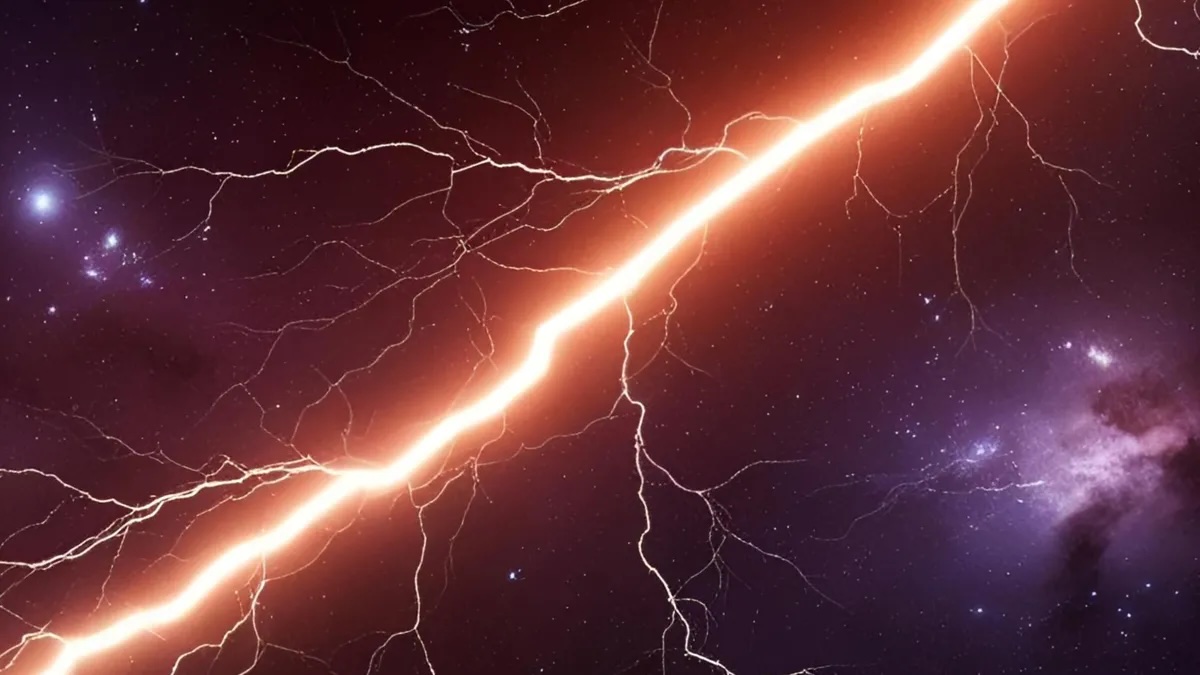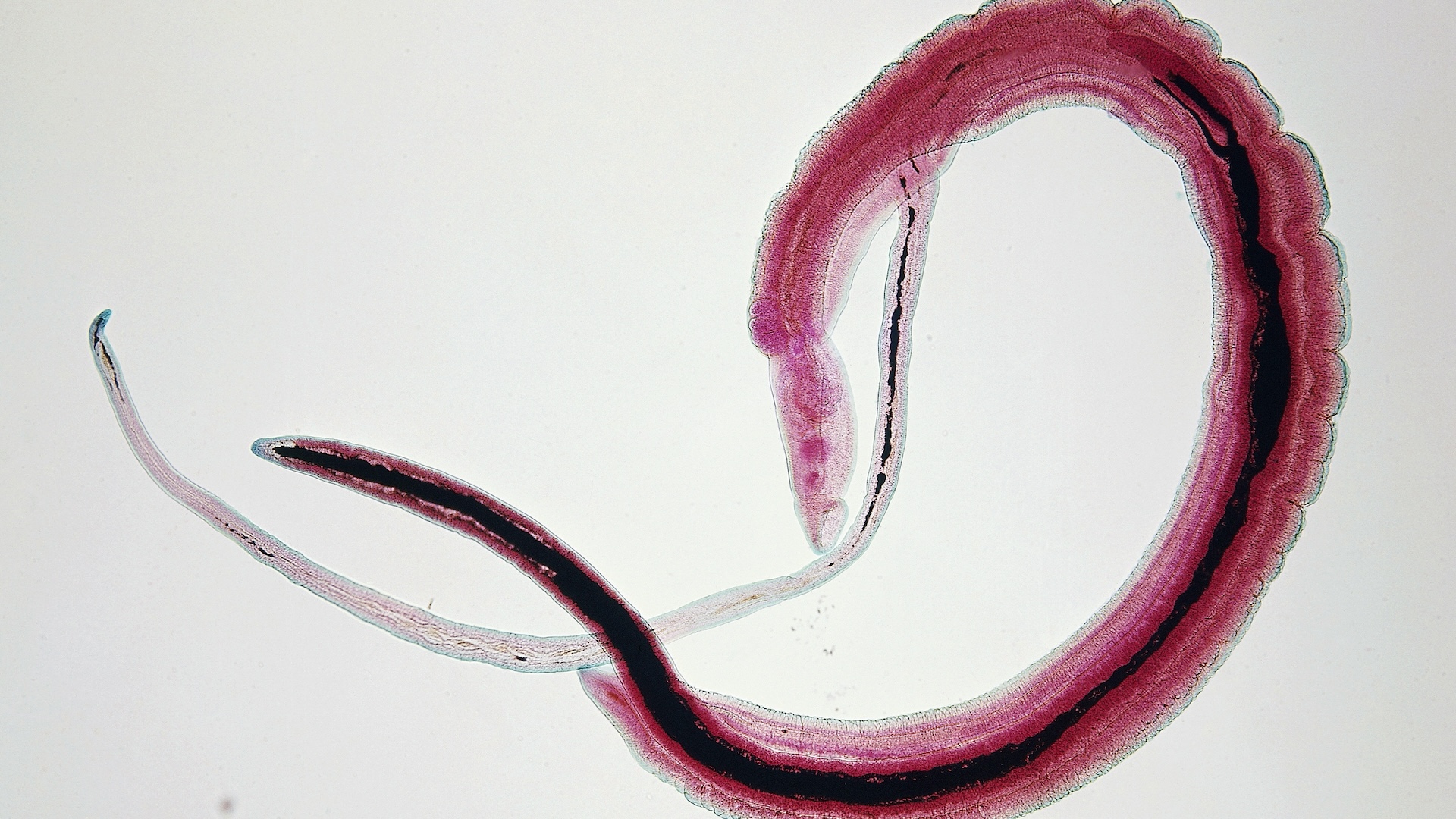Smoke Plume from Oil Platform Fire Seen From Space
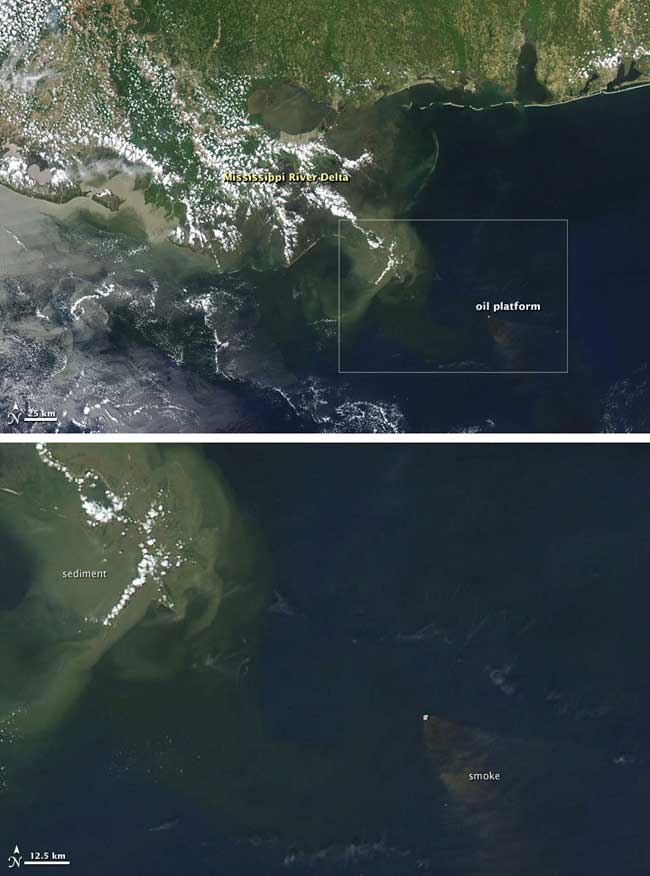
The smoke drifting from an oil rig that exploded in the Gulf of Mexico earlier this week has been photographed from space by a NASA satellite.
On April 20, 2010, an oil rig explosion in the Gulf of Mexico left a dozen workers missing and several more critically injured and started a large fire that was churning out smoke days later.
The image showing the plume of smoke billowing from the rig also includes the Gulf Coast and near-shore waters. It was captured by the Moderate Resolution Imaging Spectroradiometer (MODIS) on NASA’s Aqua satellite on April 21.
The oil platform appears as a white dot, and a fan of brown smoke extends to the southeast.
In the same image, the Mississippi River Delta is speckled with clouds and outlined by a wide border of greenish-tan sediment.
Although photographs show that the damaged rig was leaking oil, no oil slick is obvious in this image. Oil slicks are notoriously difficult to spot in natural-color (photo-like) satellite imagery because a thin sheen of oil only slightly darkens the already dark blue background of the ocean. Under unique viewing conditions, oil slicks can become visible in photo-like images, but usually, radar imagery is needed to clearly see a spill from space.
Sign up for the Live Science daily newsletter now
Get the world’s most fascinating discoveries delivered straight to your inbox.

